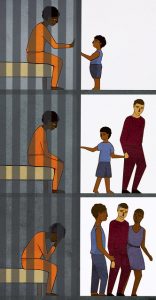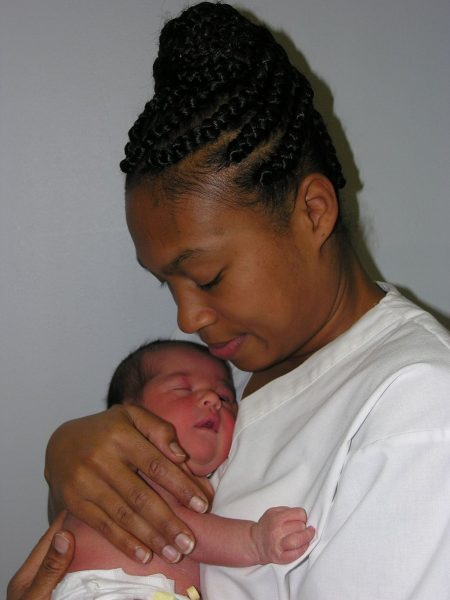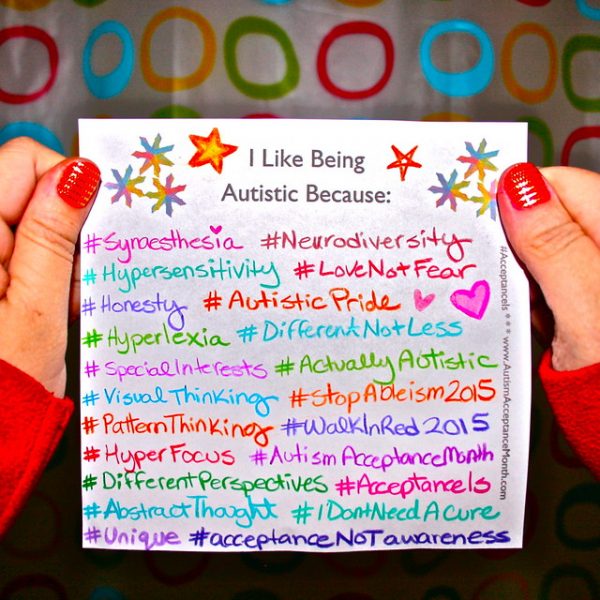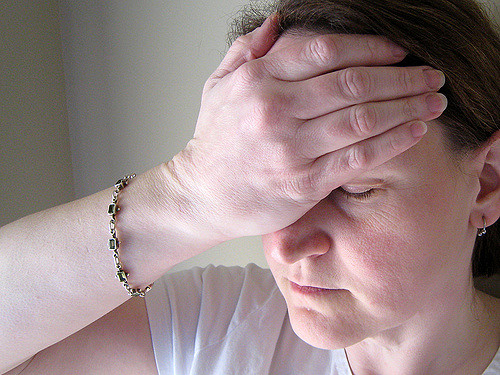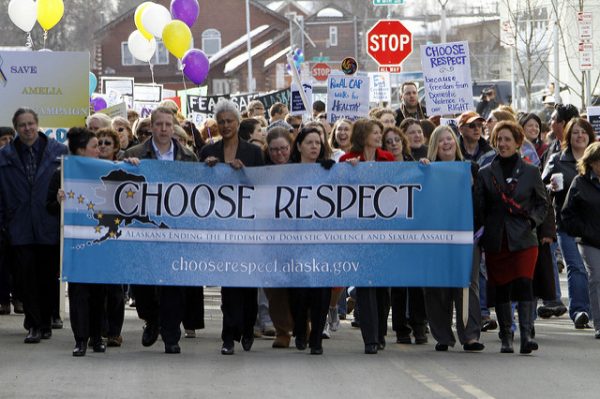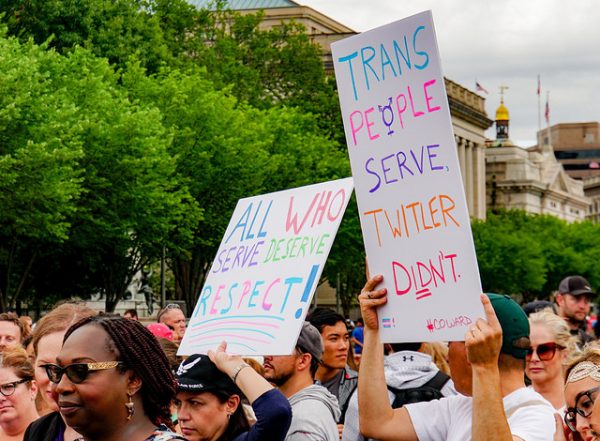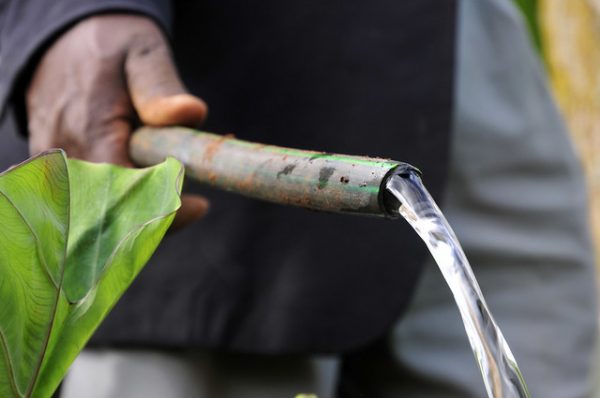
Research on “environmental racism” discusses how non-white communities more frequently reside in areas that are environmentally unclean, polluted, or hazardous — often a direct consequence of other racial inequalities. We at The SocietyPages have written about this phenomenon before, but recent research shows that the consequences of climate change have added new dimensions to these dynamics.
Climate change and shifting weather patterns pose issues at large, but racial minorities are more likely to bear the brunt of adverse effects related to climate change. As existing racial inequalities are often linked to neighborhood and place, climate change threatens those who are already at risk of adverse health outcomes due to discrepancies in income, education, and more. In essence, the impacts of climate change are more likely to be felt among poorer, non-white communities.
- Raoul S. Liévanos. 2017. “Sociospatial Dimensions of Water Injustice: The Distribution of Surface Water Toxic Releases in California’s Bay-Delta.” Sociological Perspectives 60(3): 575-599.
- Bongki Woo, Nicole Kravitz-Wirtz, Victoria Sass, Kyle Crowder, Samantha Teixeira, and David T. Takeuchi. 2019. “Residential Segregation and Racial/Ethnic Disparities in Ambient Air Pollution.”Race and Social Problems 11(1): 60-67.
- Lauren Richter. 2018. “Constructing Insignificance: Critical Race Perspectives on Institutional Failure in Environmental Justice Communities.” Environmental Sociology 4(1): 107-121.
- John Hannigan. 2017. “Toward a Sociology of Oceans.” Canadian Review of Sociology 54(1): 8-27.
Internationally, climate change has greatly impacted farming, fishing, and other economic activities in developing countries. This has particularly affected poorer, disadvantaged communities in non-white countries, that are more at risk for weakening agricultural yields and devastating super-storms linked to climate change. Researchers now use terms like, “environmental migration” or “climate change induced migration,” to capture the ways migration becomes the best adaptive strategy to the changing climate. Unfortunately, the places they move to are sometimes far from welcoming; racism and prejudice often shape their new lives after climate change induced migration.
- Robert McLeman, Jeanette Schade, and Thomas Faist, eds. 2016.Environment, Migration, and Inequality. Springer.
- Chris Methmann and Angela Oeis. 2015. “From ‘Fearing’ to ‘Empowering’ Climate Refugees: Governing Climate-induced Migration in the Name of Resilience.” Security Dialogue 46(1): 51-68.
- Michael Brzoska and Christian Frohlich. 2016. “Climate Change, Migration and Violent Conflict: Vulnerabilities, Pathways and Adaptation Strategies.” Migration and Development 5(2): 190-210.
Climate change thus poses greater challenges for poorer, non-white communities both in the United States and globally. As adverse environmental factors continue, it is important to think about how the intersection of social and natural forces “turns up the heat” on racial inequality.

